The world of reptile keeping has expanded dramatically in recent years, with enthusiasts seeking increasingly rare and unusual species to add to their collections. While many common reptiles like bearded dragons and leopard geckos make excellent pets for beginners, there exists a fascinating realm of exotic reptiles that demand specialized knowledge, extensive experience, and dedicated care. These remarkable creatures, with their unique adaptations and specific environmental requirements, represent the pinnacle of reptile husbandry challenges. Before considering any of these species, potential owners should honestly assess their experience level, commitment to ongoing education, and ability to provide the substantial resources these animals require. This article explores fifteen exotic reptile species that should only be kept by the most advanced and dedicated herpetoculturists.
Green Tree Python (Morelia viridis)
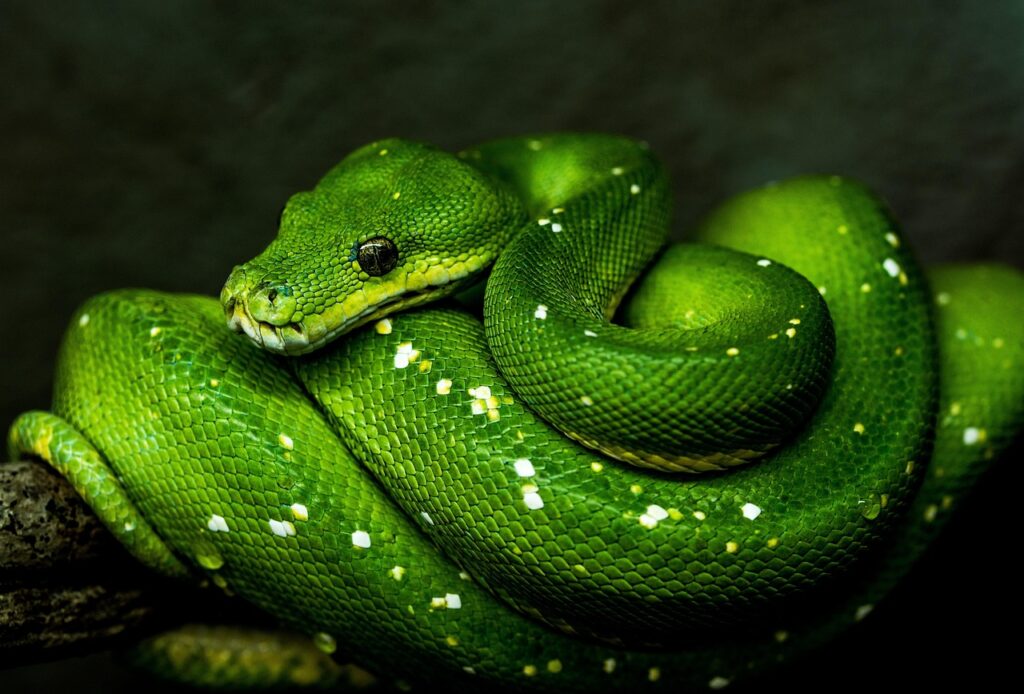
The Green Tree Python presents a stunning visual display with its emerald green coloration and unique arboreal perching style, but this beauty comes with considerable husbandry challenges. Native to the rainforests of New Guinea and northern Australia, these snakes require precise temperature gradients, high humidity levels of 60-80%, and a carefully designed arboreal enclosure that accommodates their specialized perching behavior.
Their feeding response can be notoriously unpredictable, with some individuals refusing meals for extended periods, particularly during seasonal changes. Perhaps most challenging is their temperament; while captive-bred specimens show improvement, many Green Tree Pythons remain defensive and can deliver painful bites with their long, needle-sharp teeth, making them unsuitable for keepers seeking a handleable pet.
Rhinoceros Iguana (Cyclura cornuta)
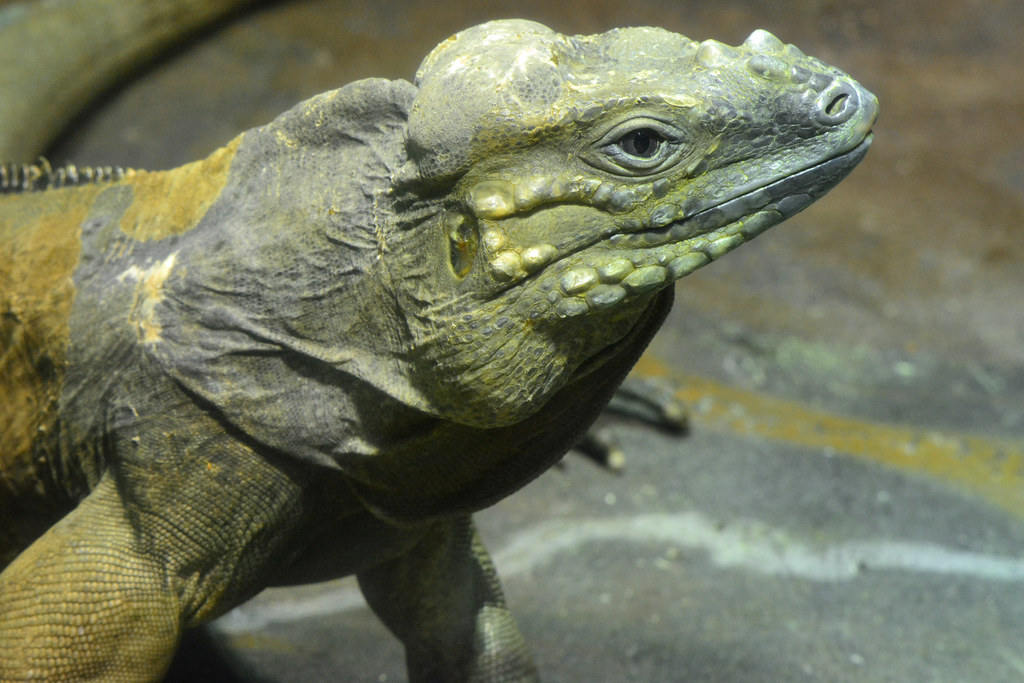
The Rhinoceros Iguana, named for the distinctive horn-like protrusions on its snout, represents a significant commitment in terms of space, longevity, and specialized care. These impressive lizards can reach lengths of over four feet and live 20-30 years in captivity, requiring enclosures that may ultimately need to exceed 8’x4’x4′ for a single adult.
Their dietary needs evolve throughout their lifespan, transitioning from a protein-rich juvenile diet to a primarily herbivorous adult diet with precise calcium-to-phosphorus ratios to prevent metabolic bone disease. Rhinoceros Iguanas demand extensive UVB exposure and complex temperature gradients with basking spots reaching 120°F, alongside cooler retreats.
Their powerful jaws, sharp claws, and sometimes territorial disposition make them potentially dangerous to inexperienced handlers, with males becoming particularly aggressive during breeding season.
Fijian Crested Iguana (Brachylophus vitiensis)
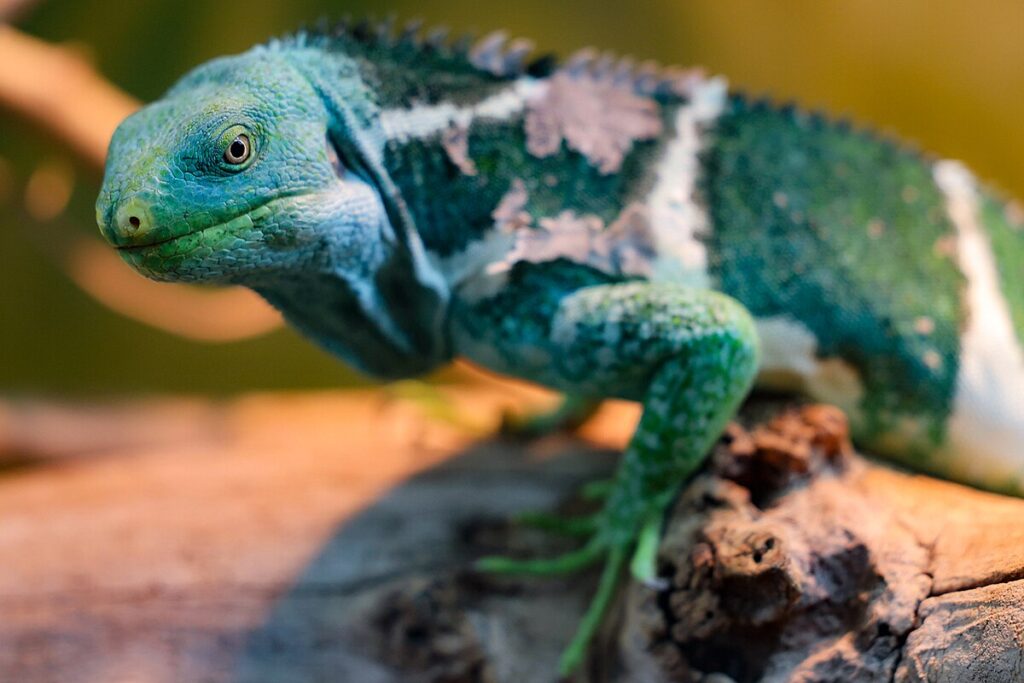
The critically endangered Fijian Crested Iguana represents one of the most challenging reptiles in captivity, with its care requiring near-perfect replication of its island habitat. These striking emerald green iguanas with distinctive white bands demand enclosures that simulate their arboreal lifestyle with complex climbing structures and precise microhabitats.
Their dietary requirements are exceptionally specific, focusing on particular tropical flowers, leaves, and fruits that can be difficult to source consistently outside their native range. Humidity management presents a particular challenge, requiring cycling between 70-90% without promoting bacterial or fungal growth in the enclosure.
Beyond the husbandry challenges, their protected status means that legally obtained specimens are exceedingly rare, typically limited to established zoological institutions or conservation programs rather than private collections.
Panther Chameleon (Furcifer pardalis)
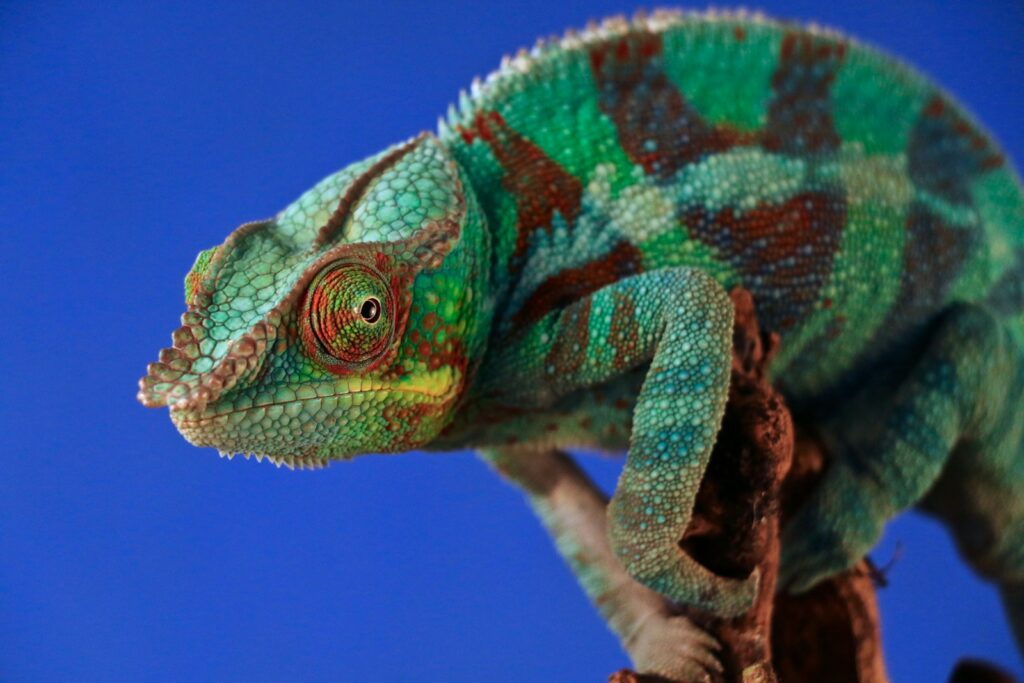
The Panther Chameleon from Madagascar presents a masterclass in specialized reptile care, with requirements that leave little room for error. These color-changing reptiles demand large, well-ventilated mesh enclosures with elaborate live plantings that maintain humidity while providing climbing opportunities and visual barriers.
Their hydration needs are particularly complex, generally refusing standing water in favor of drinking droplets from leaves, requiring sophisticated misting or drip systems that cycle multiple times daily. Panther Chameleons are extremely susceptible to stress, with subtle environmental changes potentially triggering health declines that can rapidly become fatal.
Their diet requires careful planning, incorporating a diverse rotation of gut-loaded insects dusted with precisely calculated supplement regimens that change based on the specimen’s age, sex, and reproductive status.
Chinese Crocodile Lizard (Shinisaurus crocodilurus)
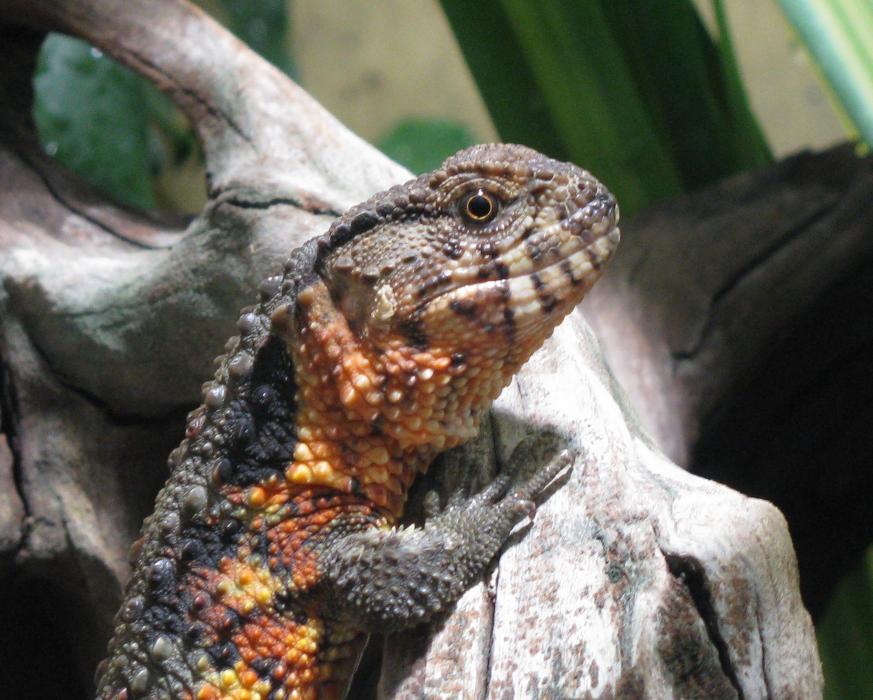
The Chinese Crocodile Lizard represents one of the most specialized care challenges in the reptile hobby, requiring semi-aquatic setups that perfectly balance land and water components. These endangered living fossils demand water quality comparable to sensitive aquarium fish, with proper filtration, regular testing, and careful maintenance of parameters such as pH, ammonia, and nitrate levels.
Temperature management proves particularly difficult, as they require cool water (65-75°F) combined with precise air temperature gradients that change seasonally to trigger proper feeding and reproductive behaviors. Their specialized diet in captivity typically includes aquatic prey items like small fish, tadpoles, and freshwater invertebrates, creating additional challenges in food sourcing and nutritional balance.
Their endangered status also means that legally acquired specimens command premium prices and should only be kept by those committed to potential participation in conservation breeding programs.
Black-Headed Python (Aspidites melanocephalus)

The Black-Headed Python from Australia presents advanced keepers with unique husbandry challenges unlike those of more common python species. These distinctive non-venomous pythons lack the heat-sensing pits found in most other pythons, resulting in different hunting behaviors and environmental requirements that must be accommodated in captivity.
Their enclosures must incorporate multiple temperature microclimates ranging from cool retreats around 75°F to basking areas reaching 95°F, with particular attention to substrate depth for their burrowing behaviors. Feeding can prove challenging as they primarily consume reptiles in the wild, though most captive specimens can be converted to rodent diets with patience and specialized techniques.
Their secretive nature means they require numerous secure hides and minimal handling, making them unsuitable for keepers seeking an interactive pet despite their typically calm disposition compared to other advanced species.
Fiji Banded Iguana (Brachylophus fasciatus)
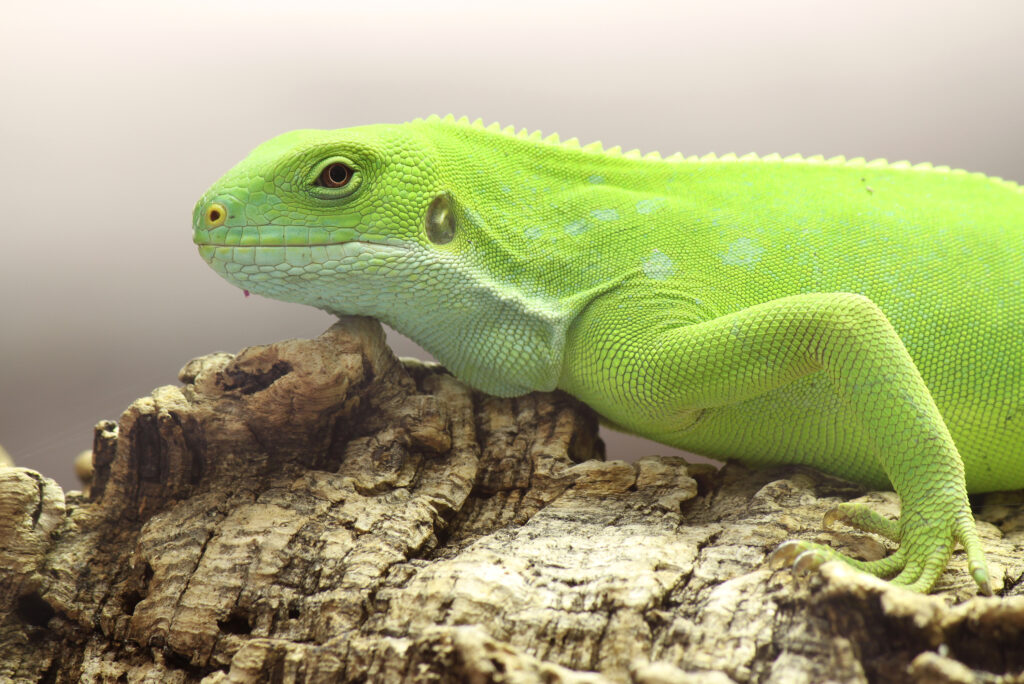
The Fiji Banded Iguana, with its vibrant green coloration and distinctive white or blue bands, represents one of the most challenging iguanids to maintain in captivity. These arboreal specialists require tall, heavily planted enclosures with complex branch networks that allow them to climb and thermoregulate at different heights, along with specialized UVB lighting setups that penetrate the dense foliage.
Their primarily herbivorous diet demands exceptional variety, with particular emphasis on specific tropical flowers, leaves, and fruits that can be logistically challenging to source year-round in most locations. Humidity management presents a constant challenge, requiring 70-80% ambient humidity without creating stagnant air conditions that can lead to respiratory infections.
As a CITES Appendix I protected species, legal acquisition requires extensive documentation and permits, limiting ownership primarily to educational facilities and advanced breeders participating in managed conservation programs.
Parson’s Chameleon (Calumma parsonii)
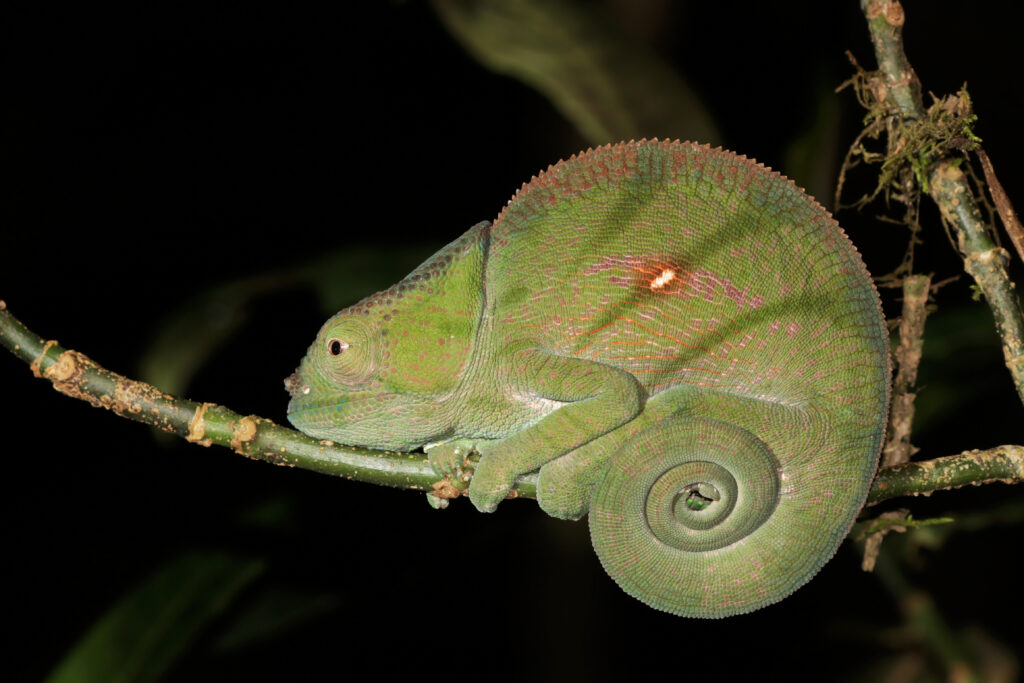
The Parson’s Chameleon from Madagascar stands as perhaps the most challenging chameleon species in captivity, demanding nothing less than perfect husbandry. These magnificent reptiles, which can grow to be among the largest chameleon species, require exceptionally large enclosures (often 4’x4’x6′ or larger) with complex temperature gradients and humidity cycles that mimic their native highland forest environment.
Their hydration needs are extraordinarily specific, typically requiring automated misting systems that run multiple times daily to maintain proper hydration without creating overly wet conditions that can lead to skin infections. Diet management proves particularly challenging, requiring diverse insect rotation with precise supplement schedules that must be adjusted seasonally to prevent nutritional disorders.
Perhaps most challenging is their extreme sensitivity to stress, with factors as subtle as enclosure placement, household vibrations, or even the keeper’s approach potentially triggering health declines that can rapidly become irreversible.
Caiman Lizard (Dracaena guianensis)
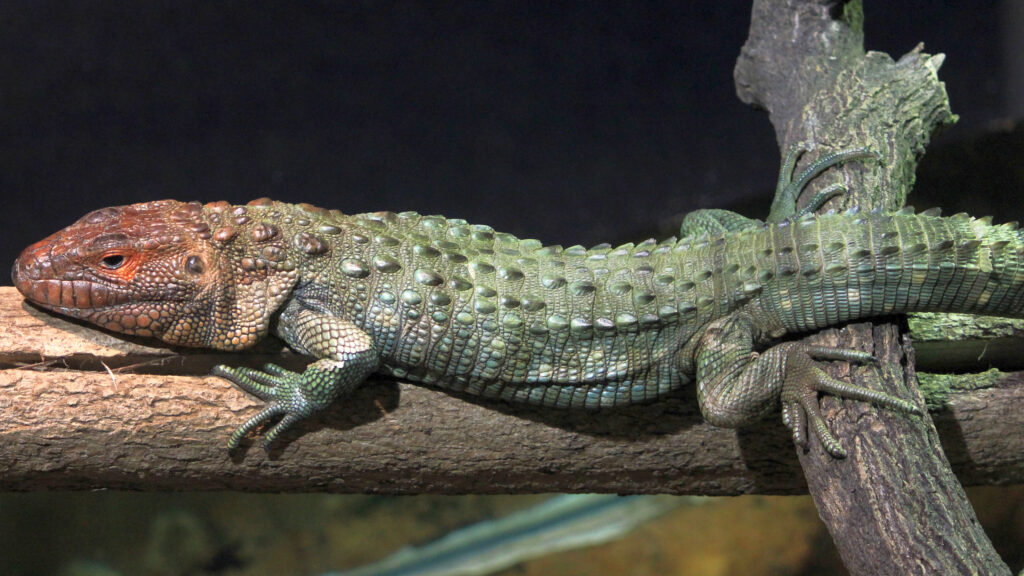
The Caiman Lizard from South America presents one of the most specialized and resource-intensive care requirements in the reptile hobby. These semi-aquatic teiids demand large custom enclosures that perfectly balance substantial swimming areas with proper land areas for basking and retreating, often requiring enclosures exceeding 8′ in length with water areas deep enough for complete submersion.
Water quality management represents a significant challenge, requiring powerful filtration systems typically used in large aquariums or small ponds, with regular testing and maintenance. Their specialized diet centers around freshwater invertebrates, particularly snails, crayfish, and mussels, which must be sourced consistently and can represent a significant ongoing expense and logistical challenge.
Temperature requirements are similarly demanding, with precise gradients required between water and basking areas, the latter needing to reach 110-120°F to support proper digestion of their shell-heavy diet.
Gila Monster (Heloderma suspectum)
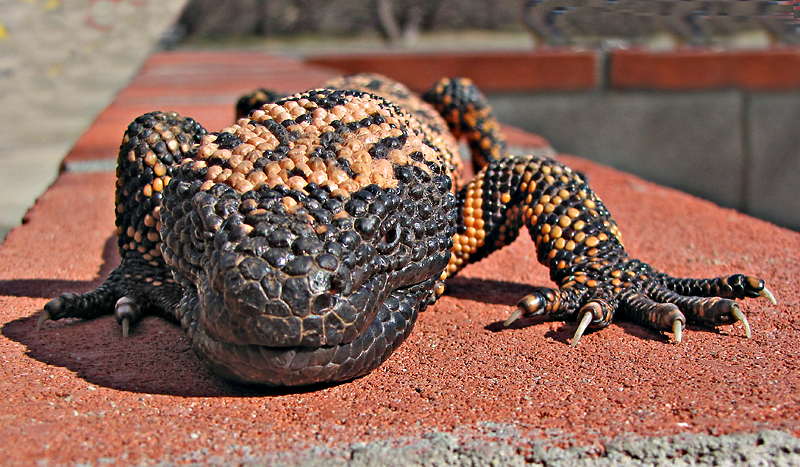
The Gila Monster represents one of North America’s most iconic reptiles and presents significant challenges due to both its venomous nature and specialized care requirements. These heavy-bodied lizards possess venom delivered through a unique chewing motion rather than injection, requiring keepers to develop specific handling protocols and maintain emergency response plans in case of envenomation.
Their natural history as semi-fossorial desert dwellers necessitates deep substrate for burrowing, complex temperature cycling that includes seasonal cooling periods, and specialized humidity management that maintains dry surface conditions while providing moisture at deeper substrate levels.
Perhaps most challenging is their natural feeding pattern, as wild Gila Monsters may only consume 5-10 substantial meals annually, storing fat in their tails and bodies for extended periods—a pattern that captive keepers must respect rather than following typical reptile feeding schedules. In many jurisdictions, their protected status requires special permits, further limiting their keeping to qualified individuals.
Leaf-Tailed Gecko (Uroplatus spp.)
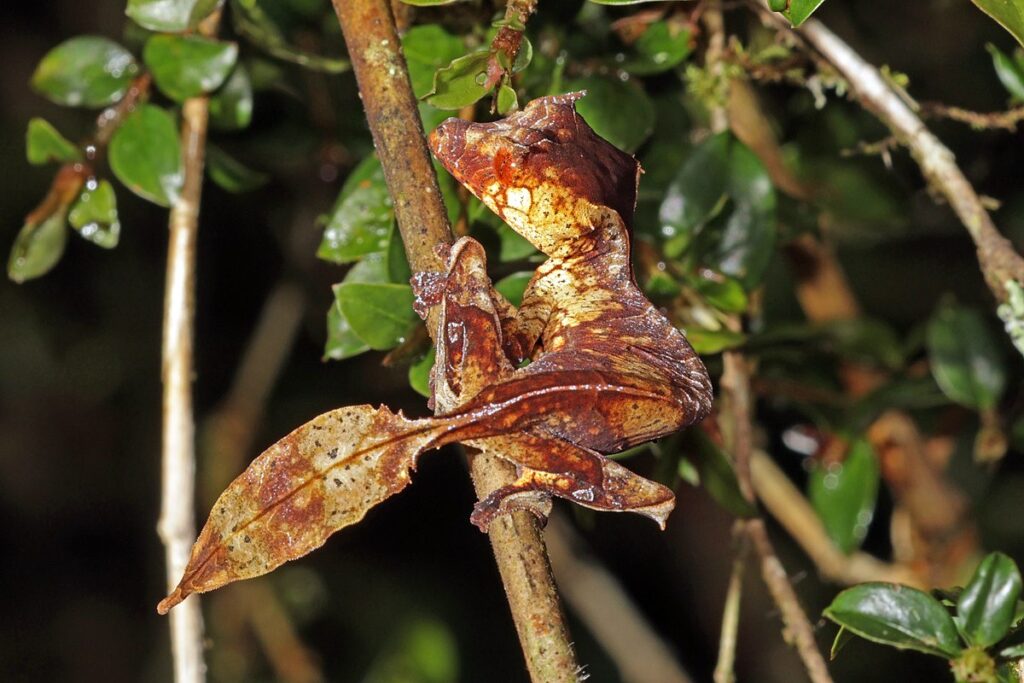
The various species of Leaf-Tailed Geckos from Madagascar represent some of the most challenging gekkonids to maintain in captivity, demanding near-perfect replication of their specialized microhabitats. These remarkable masters of camouflage require densely planted, vertically oriented terrariums with specific bark types and plant species that match their evolved camouflage patterns, along with exceptional attention to maintaining high humidity (80-100%) without creating stagnant conditions.
Their extreme sensitivity to environmental stressors means that enclosures must be placed in low-traffic areas with minimal vibration and carefully managed light cycles that respect their strictly nocturnal nature. Feeding presents particular challenges as they typically refuse standard commercially available insects in favor of wild-type invertebrates with specific movement patterns that trigger their feeding response.
Most species show extreme sensitivity to temperature fluctuations, requiring stable ambient temperatures between 68-75°F with minimal variation, often necessitating climate-controlled rooms rather than relying on in-tank heating devices.
Solomon Islands Skink (Corucia zebrata)
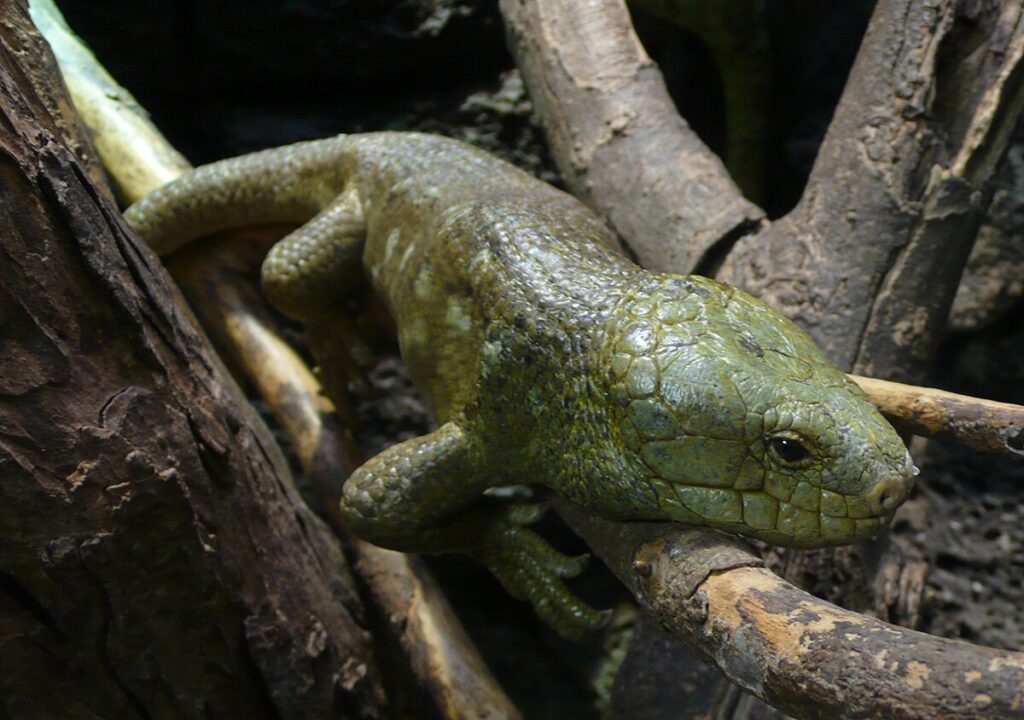
The Solomon Islands Skink, also known as the Monkey-Tailed Skink, presents unique challenges as the world’s only truly arboreal and herbivorous skink species. These large, social lizards require spacious arboreal enclosures with complex branching structures strong enough to support their substantial weight, along with specialized UVB lighting arrangements to penetrate the dense foliage they prefer.
Their primarily herbivorous diet demands exceptional variety, with particular emphasis on calcium-rich greens, flowers, and tropical fruits that must be sourced consistently throughout their decades-long lifespan. Perhaps most unusual is their social structure, as these skinks naturally live in family groups, requiring keepers to maintain multiple individuals with careful attention to compatible groupings while avoiding overcrowding.
Their prehensile tails, used for gripping branches, are particularly vulnerable to a condition called “stick tail” if humidity and nutritional requirements aren’t perfectly maintained, resulting in irreversible damage to this critical appendage.
Boelen’s Python (Simalia boeleni)
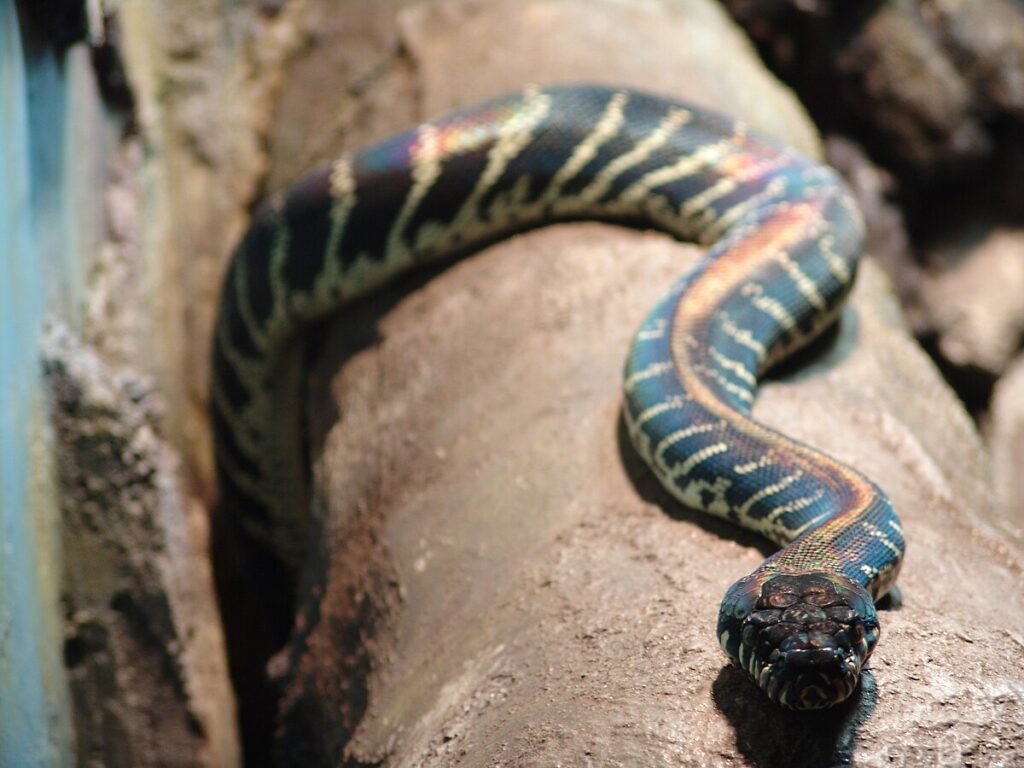
The Boelen’s Python from the highlands of New Guinea represents one of the most challenging and coveted pythons in advanced herpetoculture. These striking black pythons with iridescent blue highlights require specialized temperature regimens that replicate their cool mountain habitat, with ambient temperatures rarely exceeding the mid-70s Fahrenheit and careful attention to preventing overheating, which they tolerate poorly compared to most other python species.
Humidity management presents particular challenges, requiring high humidity (70-80%) without the warmer temperatures typically used to generate such conditions in reptile enclosures. Their feeding response can be notoriously inconsistent, with some individuals accepting prey readily while others require extensive trial-and-error with feeding techniques, prey types, and environmental adjustments before establishing reliable feeding patterns.
Beyond the husbandry challenges, their limited availability in captivity means that ethically sourced specimens command premium prices, often starting at several thousand dollars for juveniles, representing a significant financial investment beyond their considerable care requirements.
Fijian Iguanas (Brachylophus spp.)
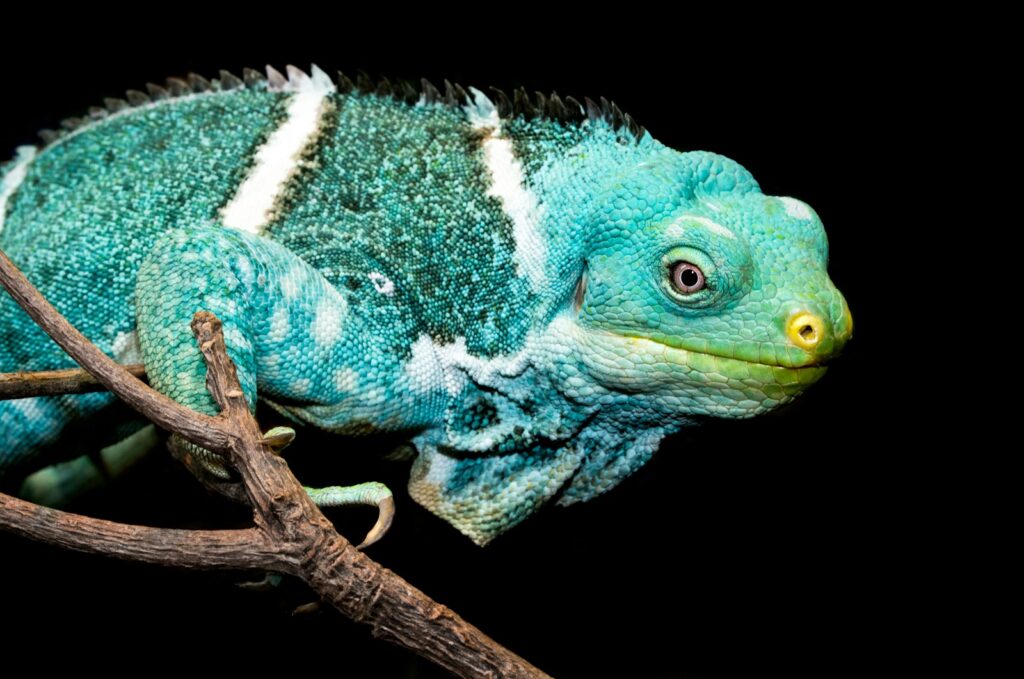
The genus Brachylophus, comprising several critically endangered iguana species native to Fiji, represents some of the most challenging and specialized iguanids in captivity. These remarkable lizards require incredibly specific environmental parameters, including precisely managed temperature gradients with cooler ambient temperatures than most tropical reptiles, typically not exceeding 85°F at the warmest points. Their dietary requirements center around specific tropical flowers, leaves, and fruits found in their native island habitat, many of which have no suitable commercial substitutes and must be specially cultivated by dedicated keepers. Humidity management demands precision cycling between 60-80% without promoting fungal or bacterial growth in their enclosures, requiring sophisticated ventilation systems. Beyond the considerable husbandry challenges, their critically endangered status means that legal acquisition is extremely restricted, typically limited to authorized conservation breeding programs rather than private keepers, with substantial documentation requirements and responsibility for potentially contributing specimens to broader conservation efforts.
Crocodile Monitor (Varanus salvadorii)
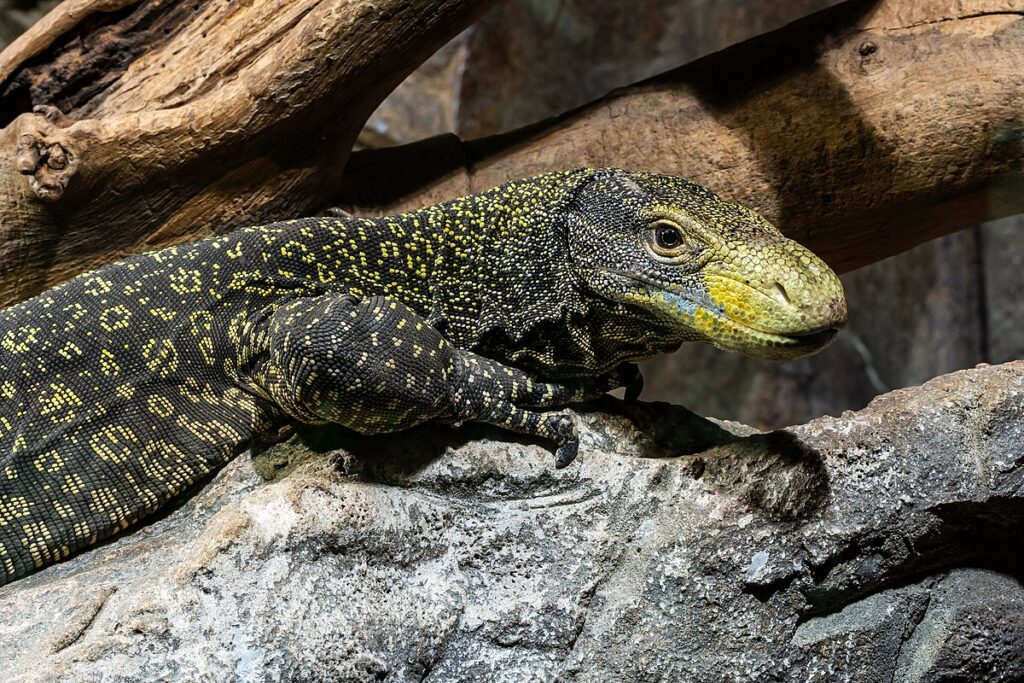
The Crocodile Monitor from New Guinea represents perhaps the ultimate challenge in reptile keeping, combining enormous size with advanced care requirements and potentially dangerous behavior. These magnificent lizards, which can exceed eight feet in length, require custom-built enclosures with dimensions often comparable to a small room (minimally 12’x8’x8′), with reinforced construction to withstand their incredible strength and climbing abilities.
Their arboreal nature in the wild necessitates complex branching structures capable of supporting their substantial weight, along with multiple temperature zones ranging from mid-70s to basking areas reaching 120°F. Diet management proves particularly challenging, requiring varied whole-prey items beyond standard rodents, including birds, rabbits, and occasionally fish, with careful attention to providing proper calcium-to-phosphorus ratios throughout their potentially 20+ year lifespan.
Perhaps most critically, their intelligence combined with potentially aggressive temperament and formidable weaponry (including razor-sharp teeth, powerful claws, and a tail capable of delivering whip-like strikes) means they can inflict serious injuries, requiring keepers to develop specialized handling protocols and never work alone with these impressive predators.
Conclusion: The Responsibility of Advanced Reptile Keeping

The fifteen species highlighted in this article represent the pinnacle of specialized reptile husbandry, demanding extraordinary commitments of knowledge, resources, and dedication. These magnificent creatures should never be acquired on impulse or as status symbols, but rather approached with humility and a genuine commitment to their welfare.
Responsible ownership begins with extensive research, mentorship from experienced keepers, and often years of experience with progressively more challenging species before attempting to work with these advanced reptiles. Many of these species face significant conservation challenges in the wild, making ethical acquisition and potential participation in properly managed breeding programs an important consideration.
For those with the dedication, resources, and experience to properly care for these extraordinary animals, the rewards come not from brief handling sessions or showing off rare specimens, but from the profound satisfaction of successfully recreating complex natural environments and observing these magnificent reptiles expressing their natural behaviors in captivity.

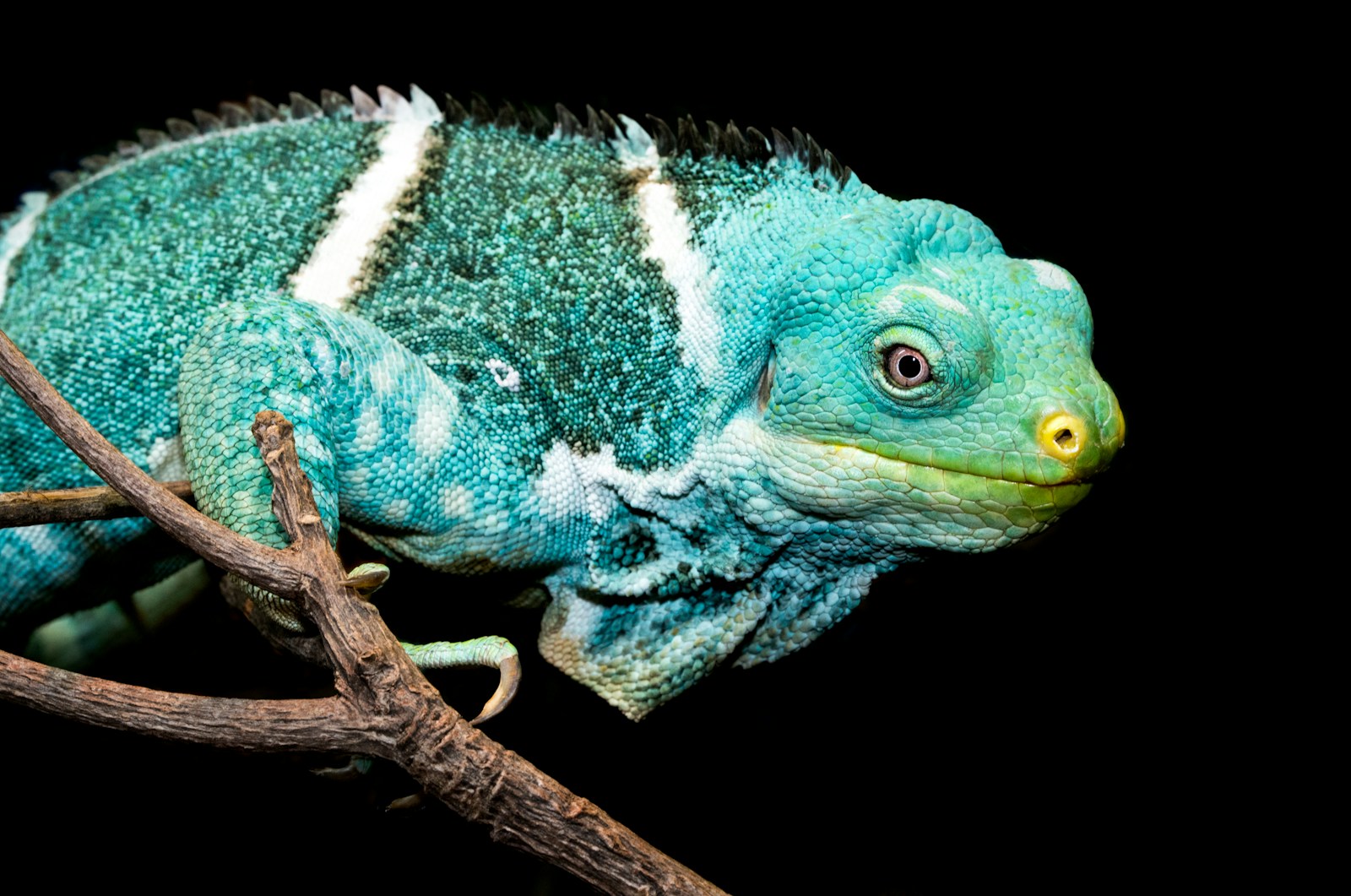
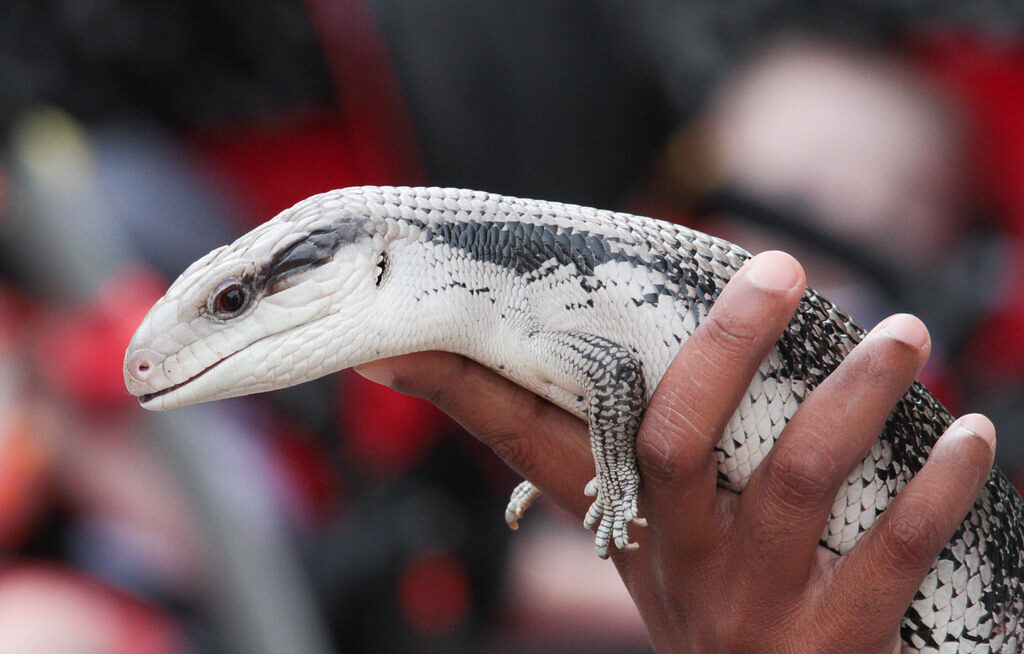
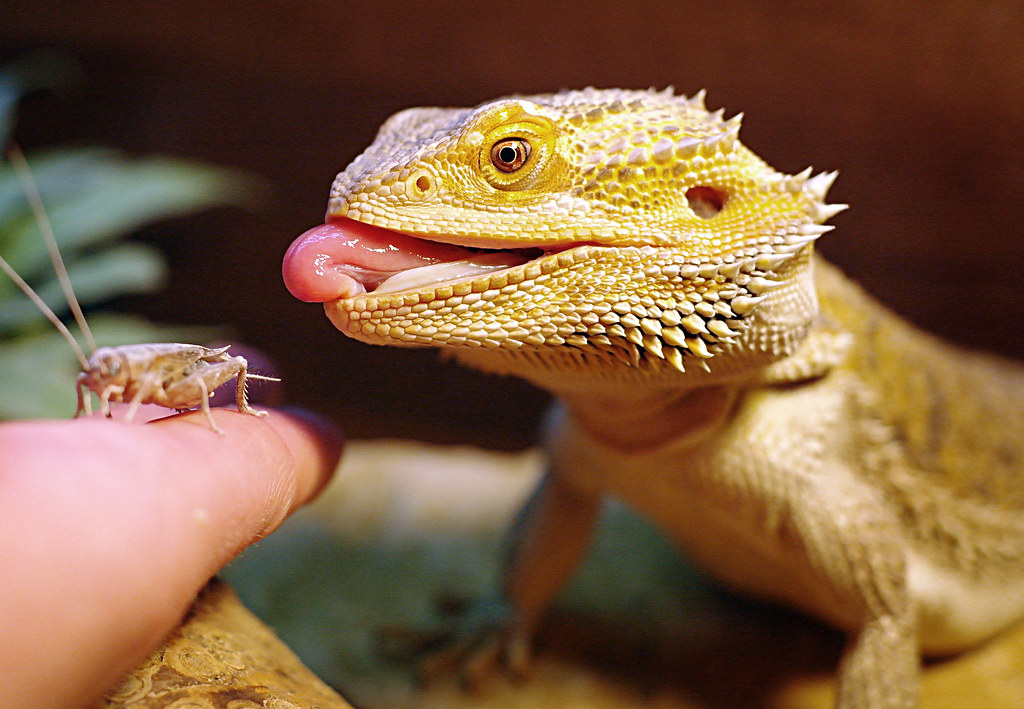
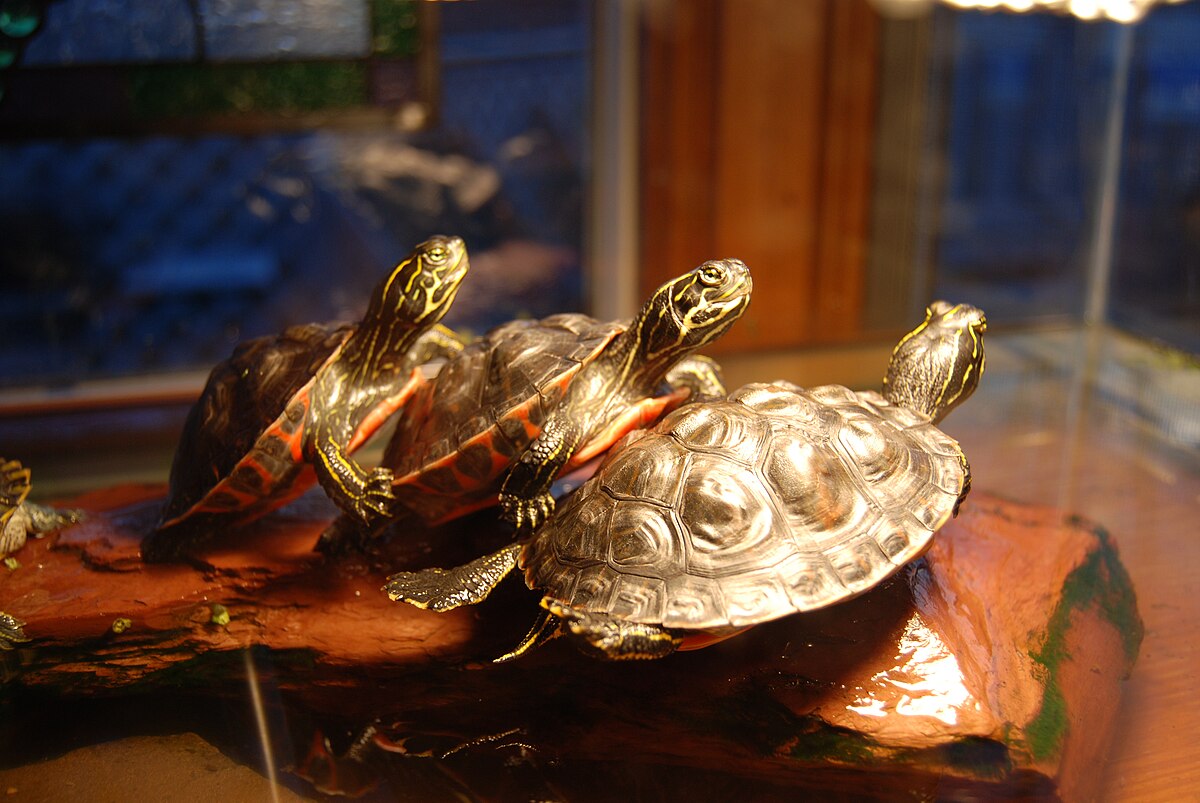
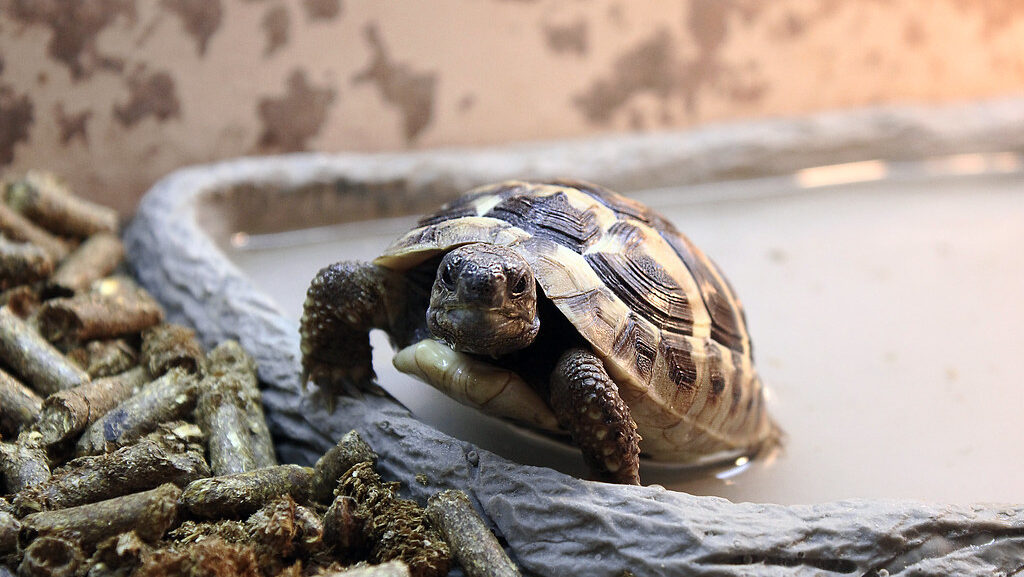
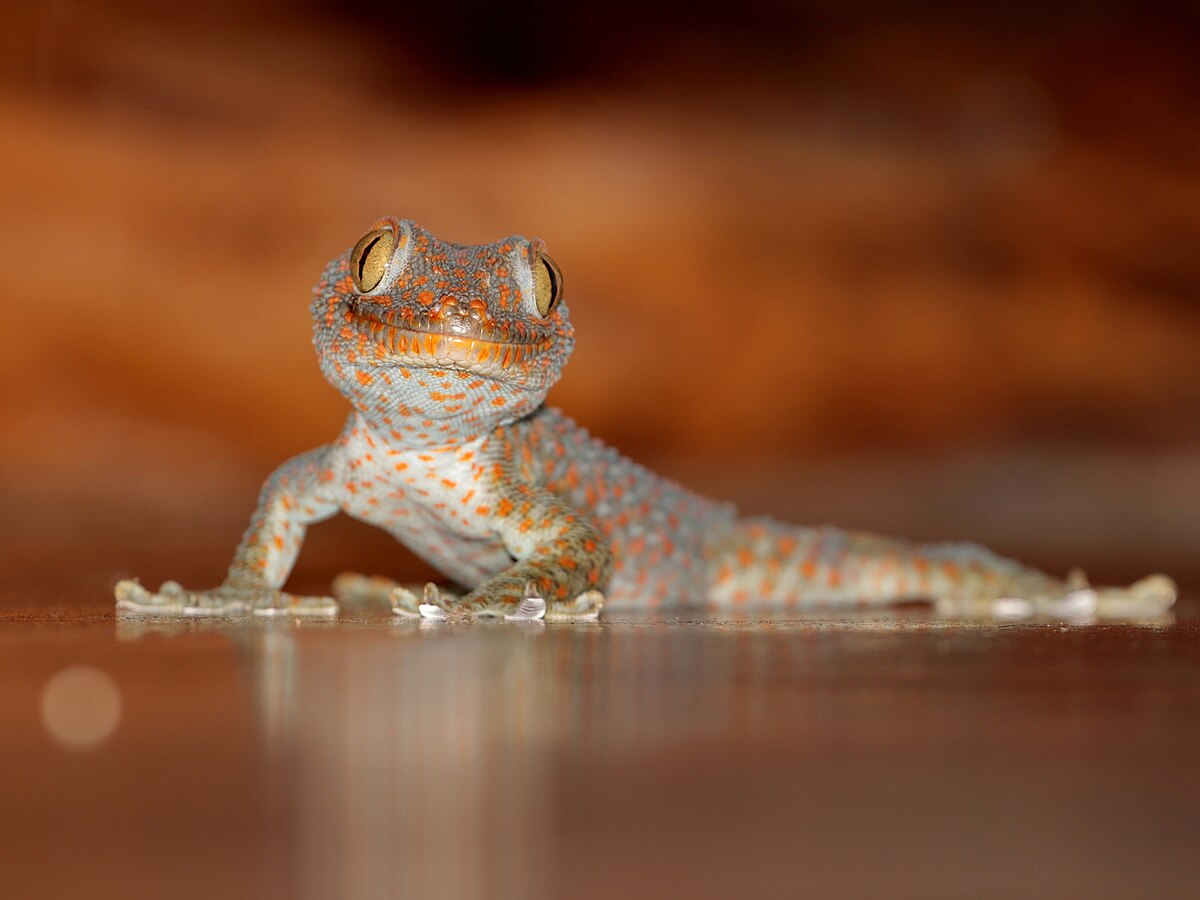
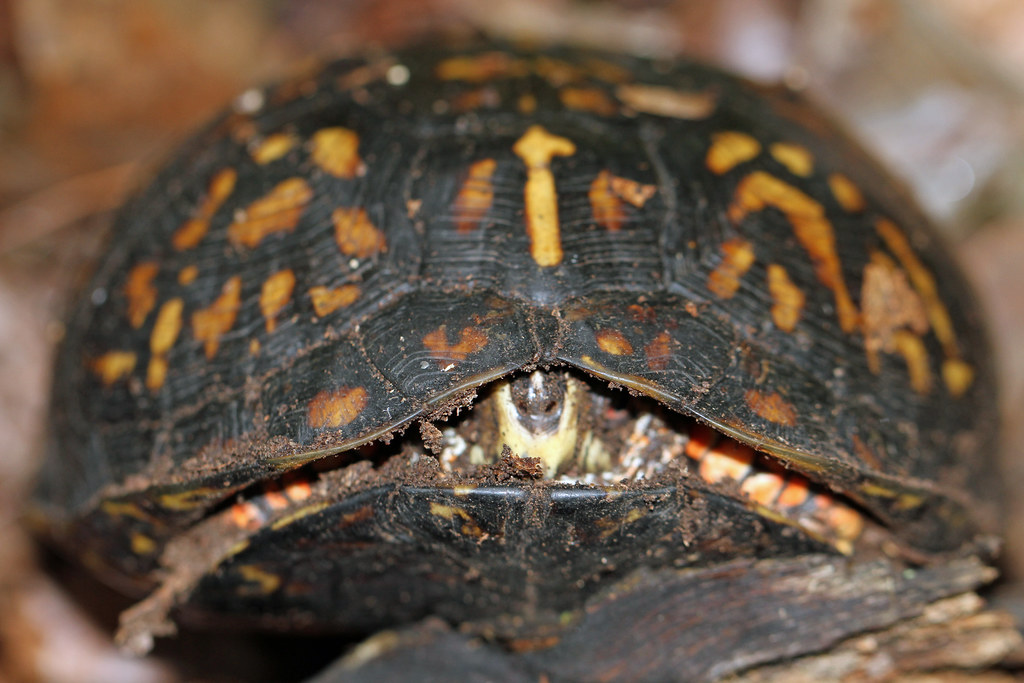
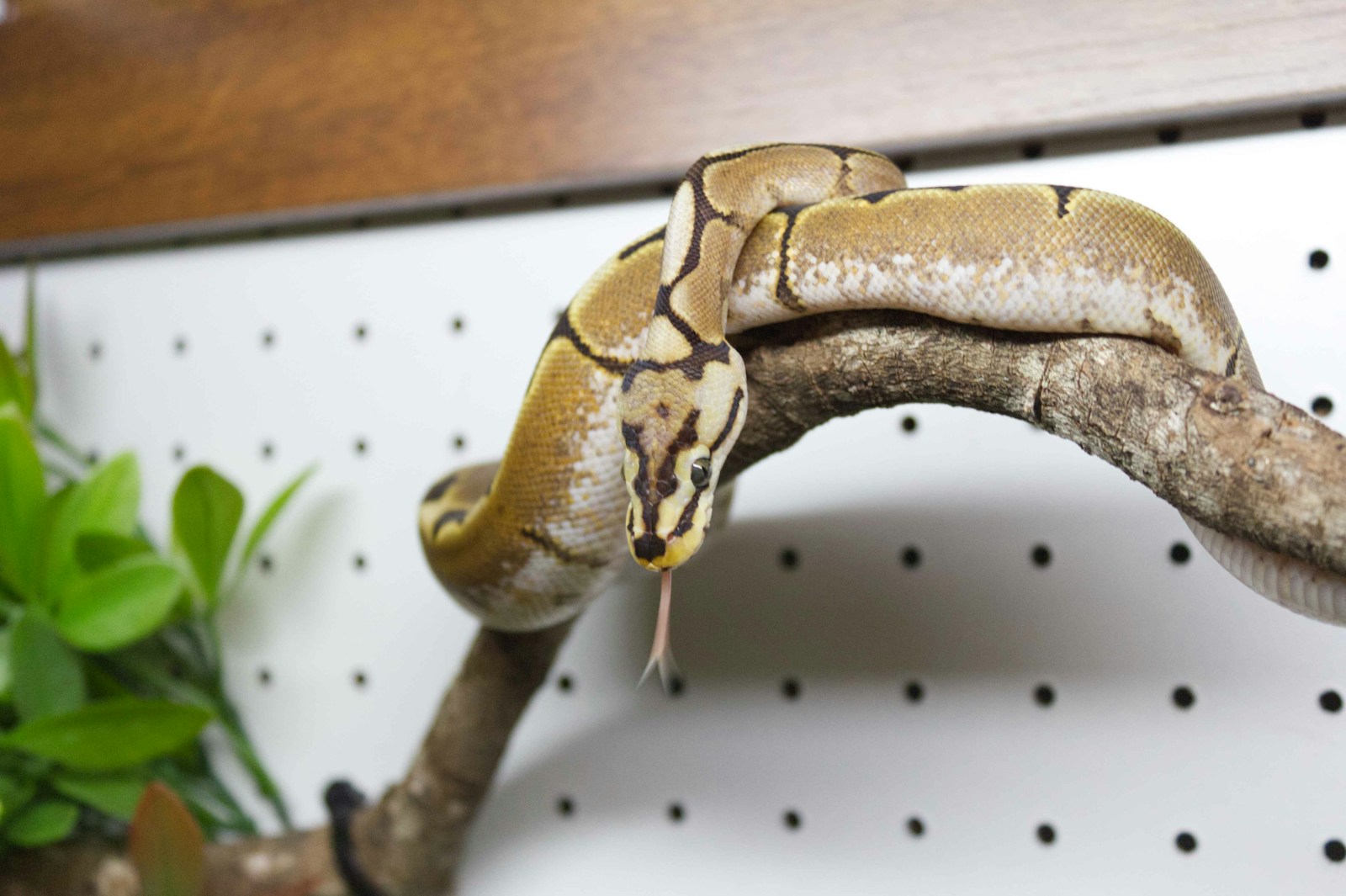
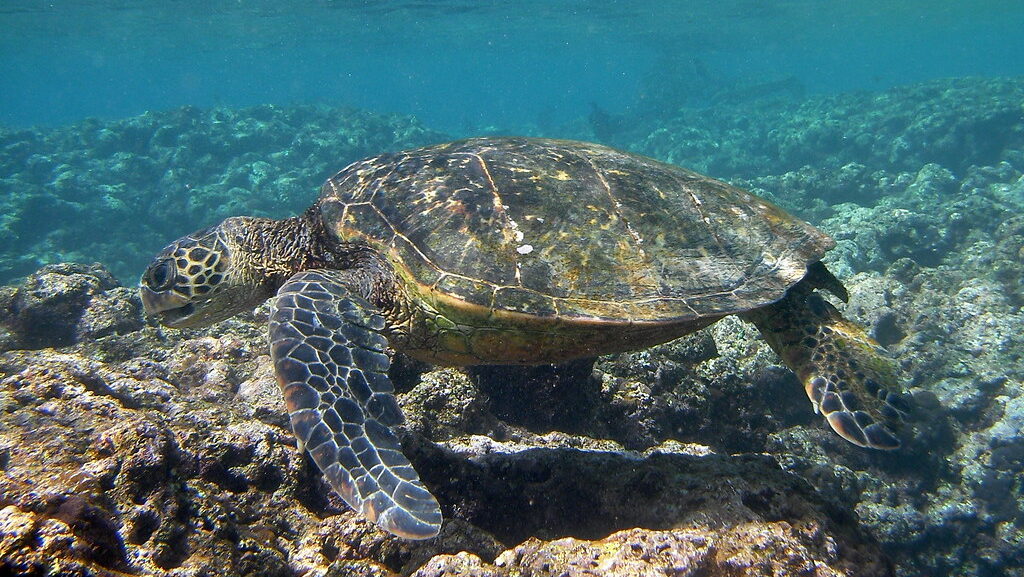
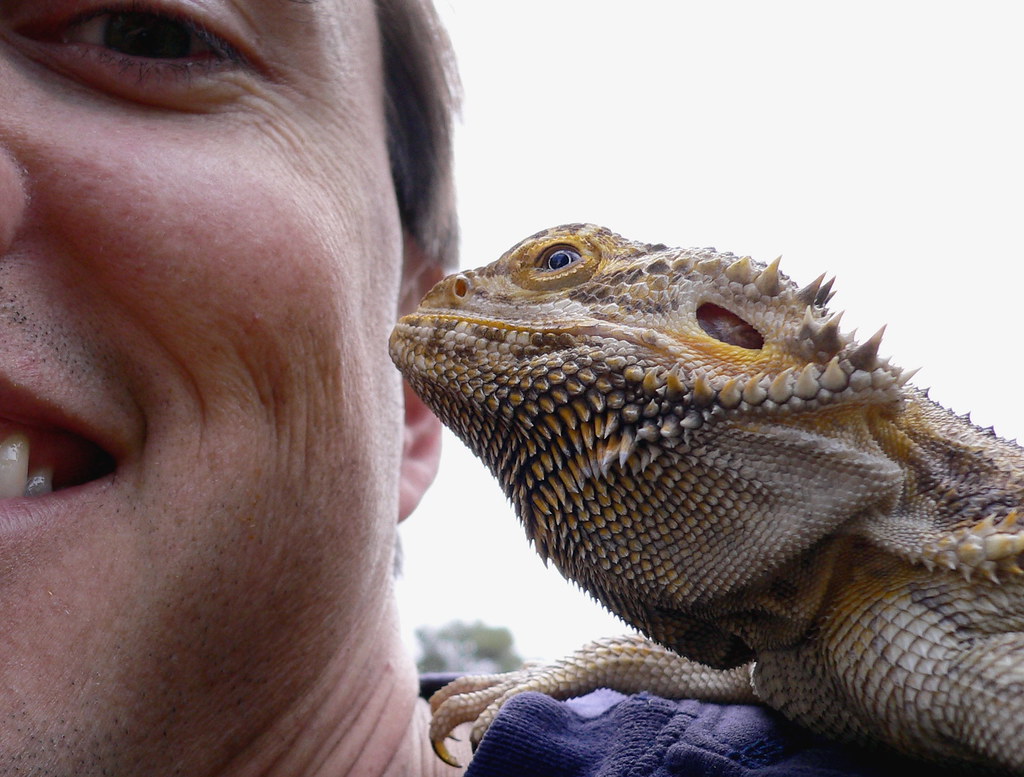
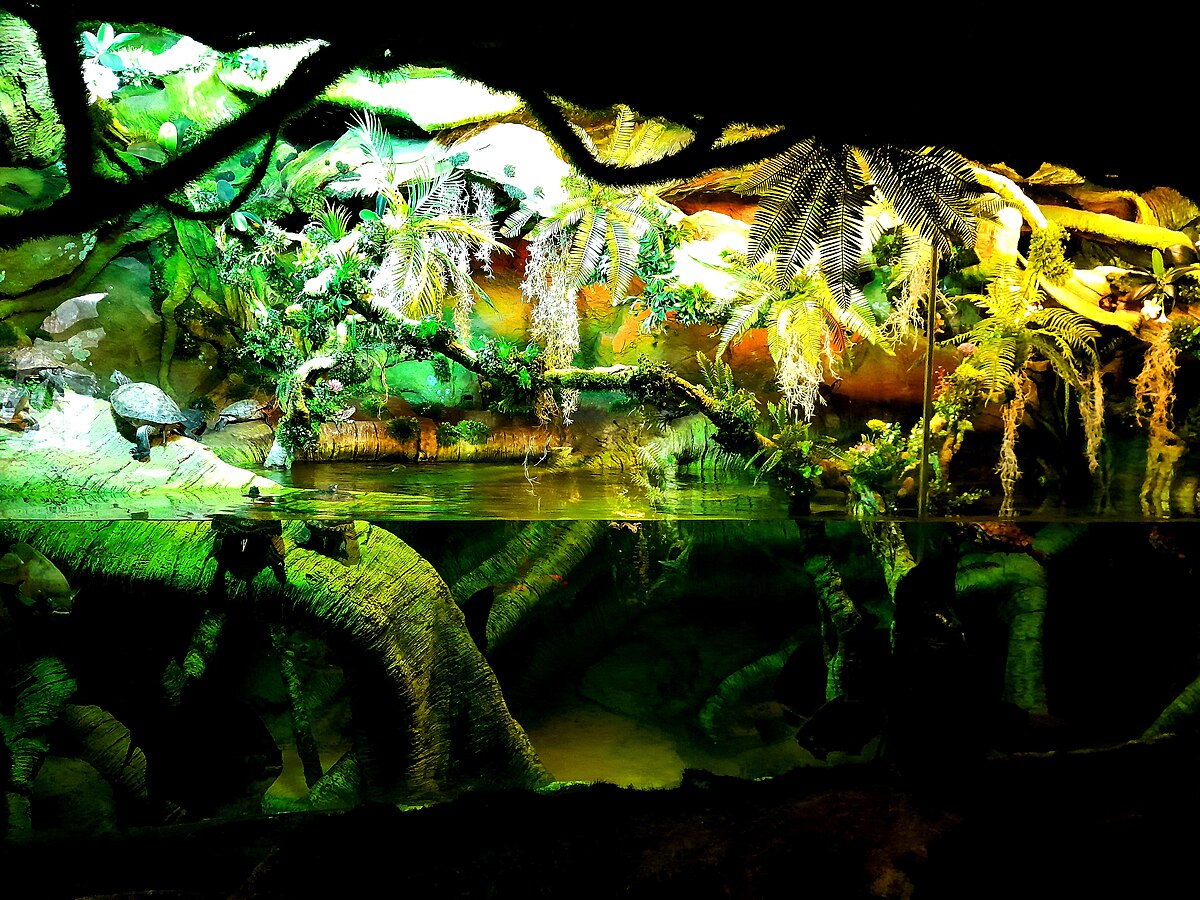
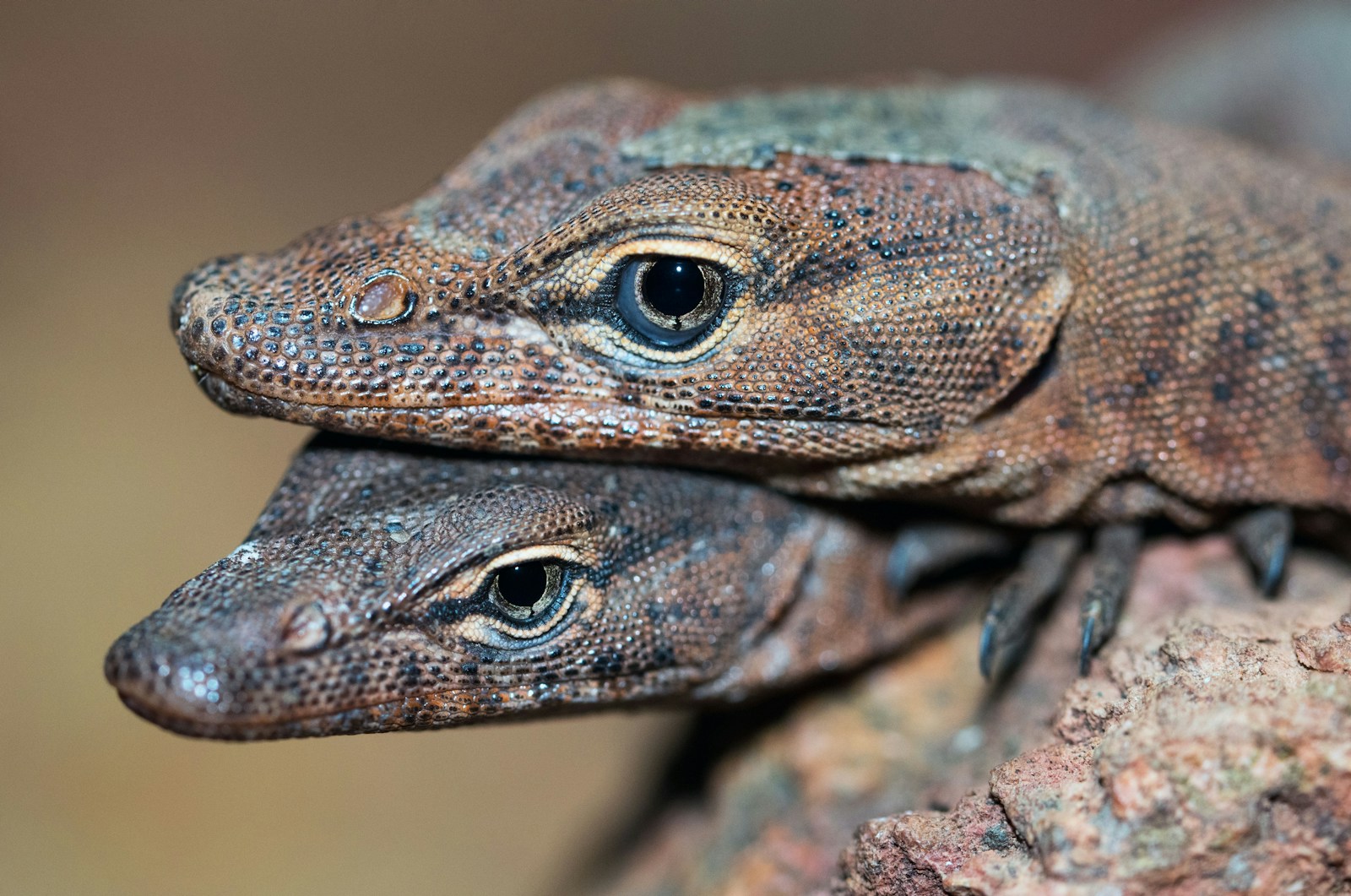
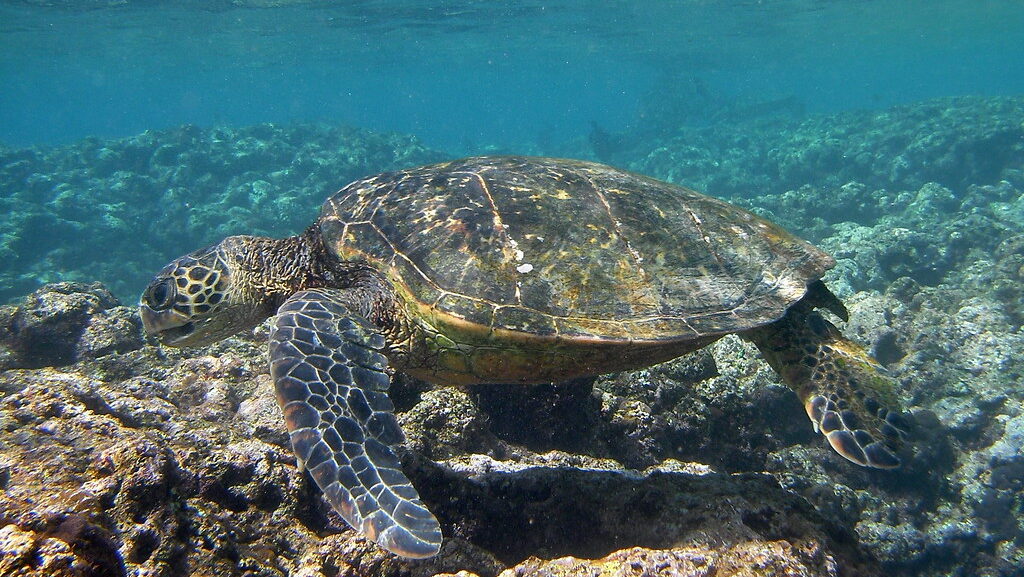
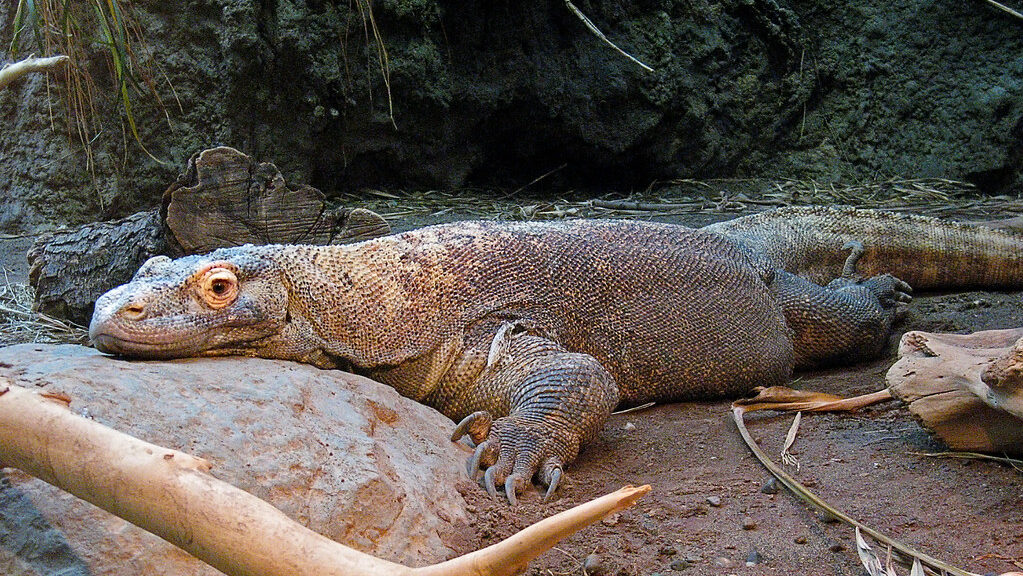
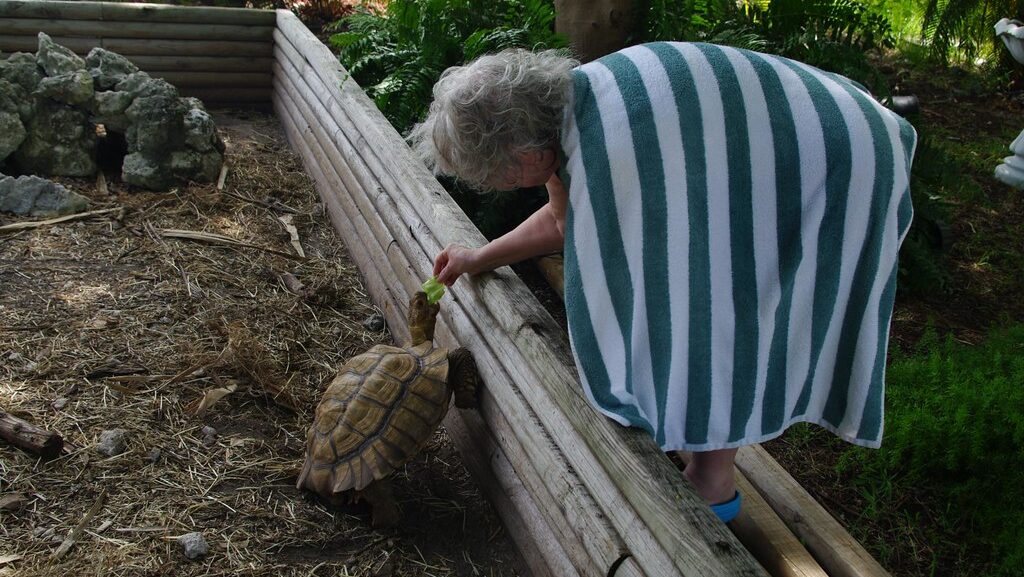
Leave a Reply